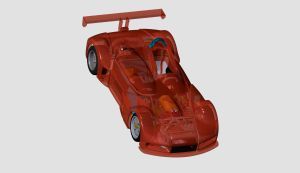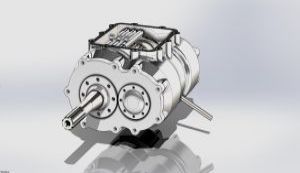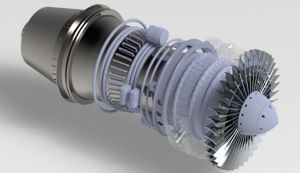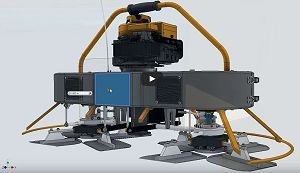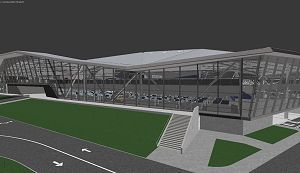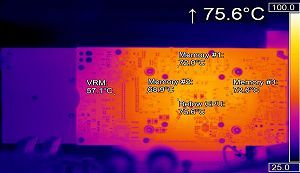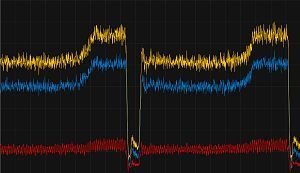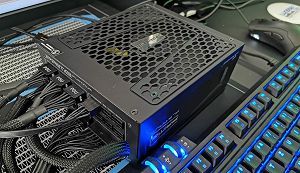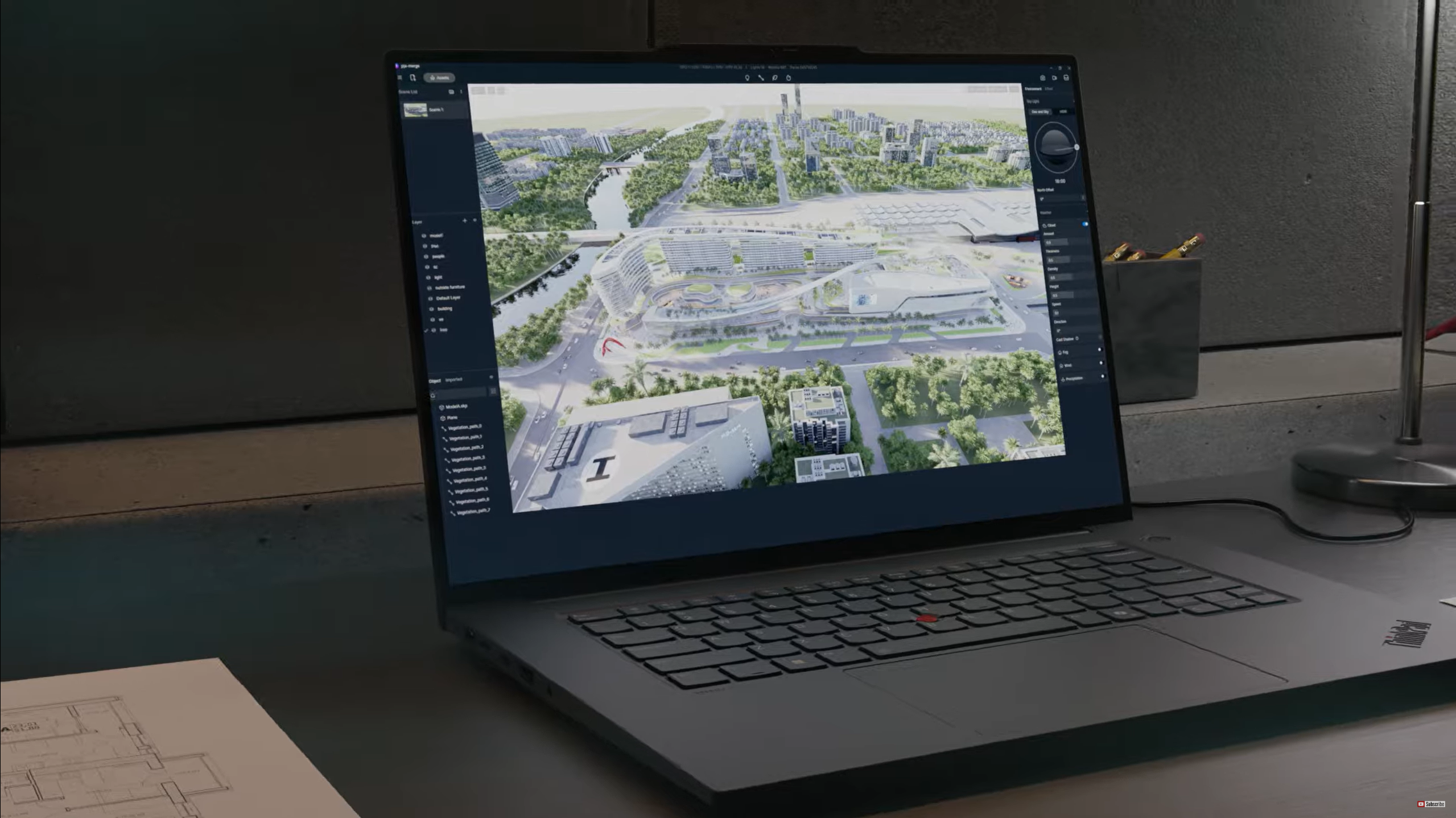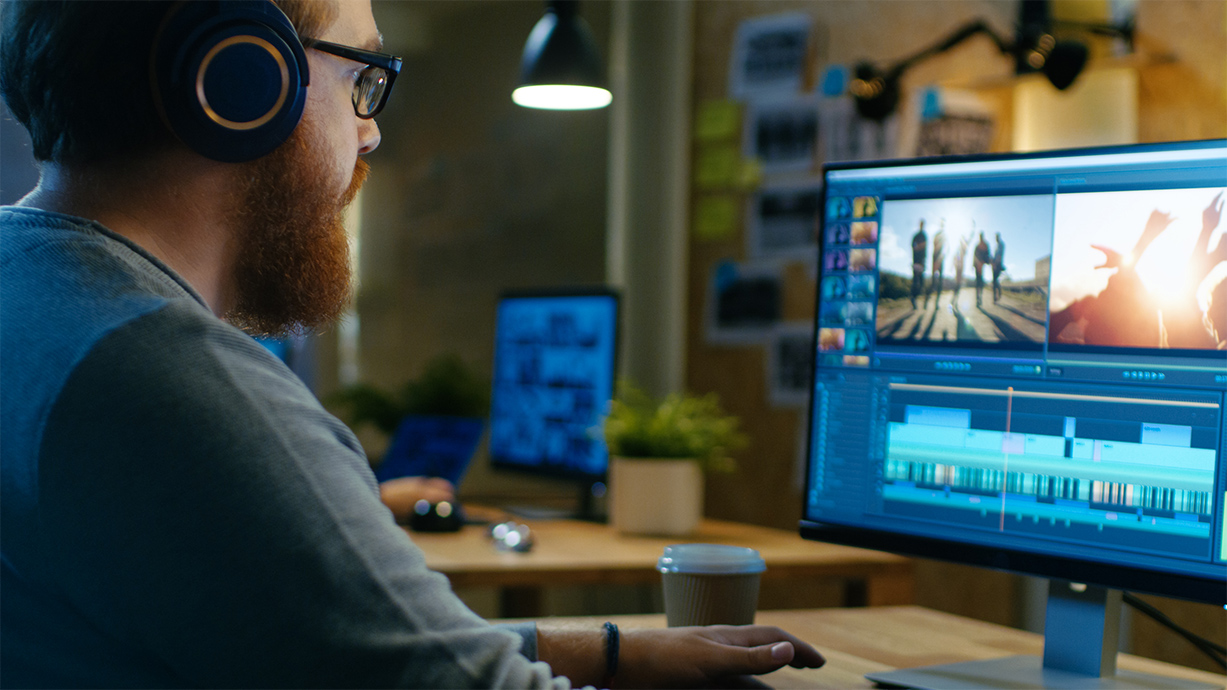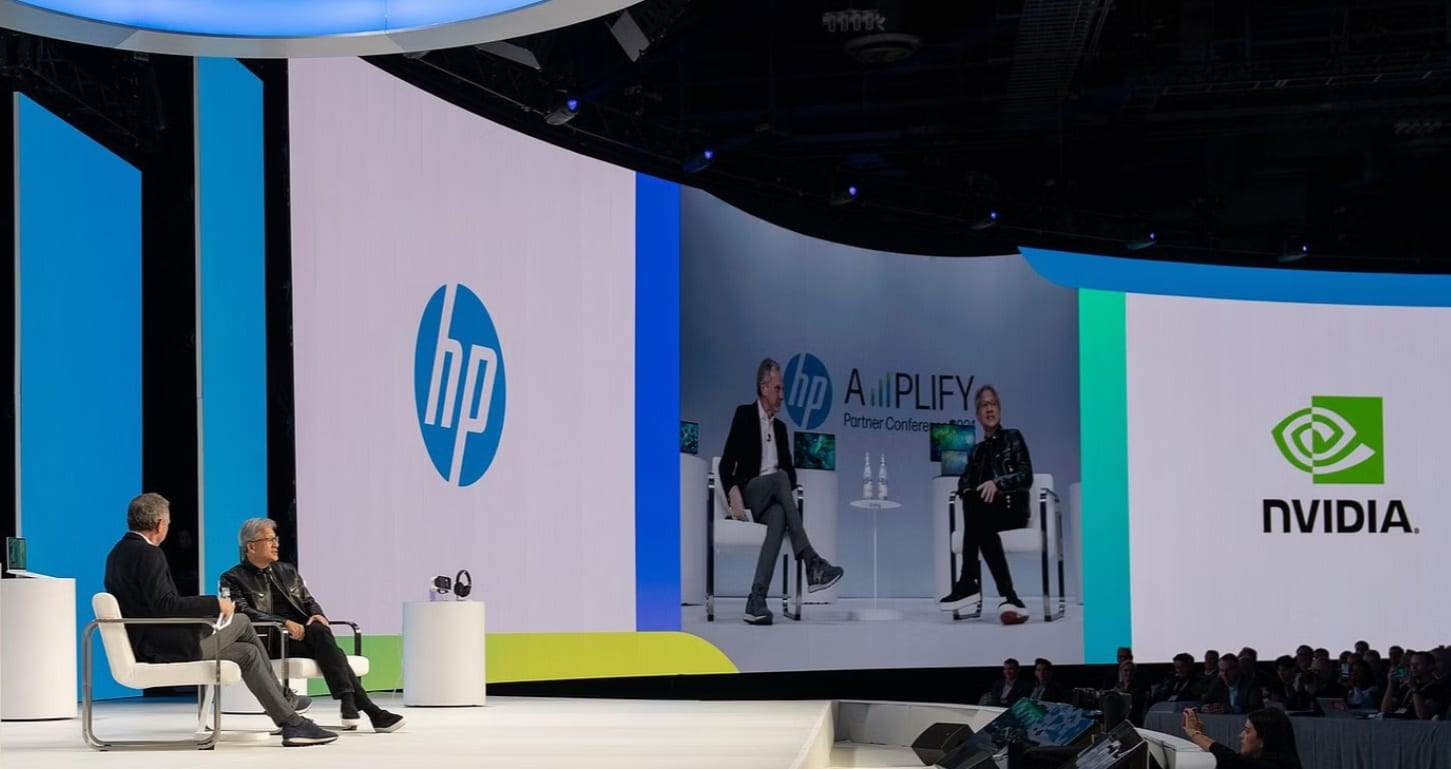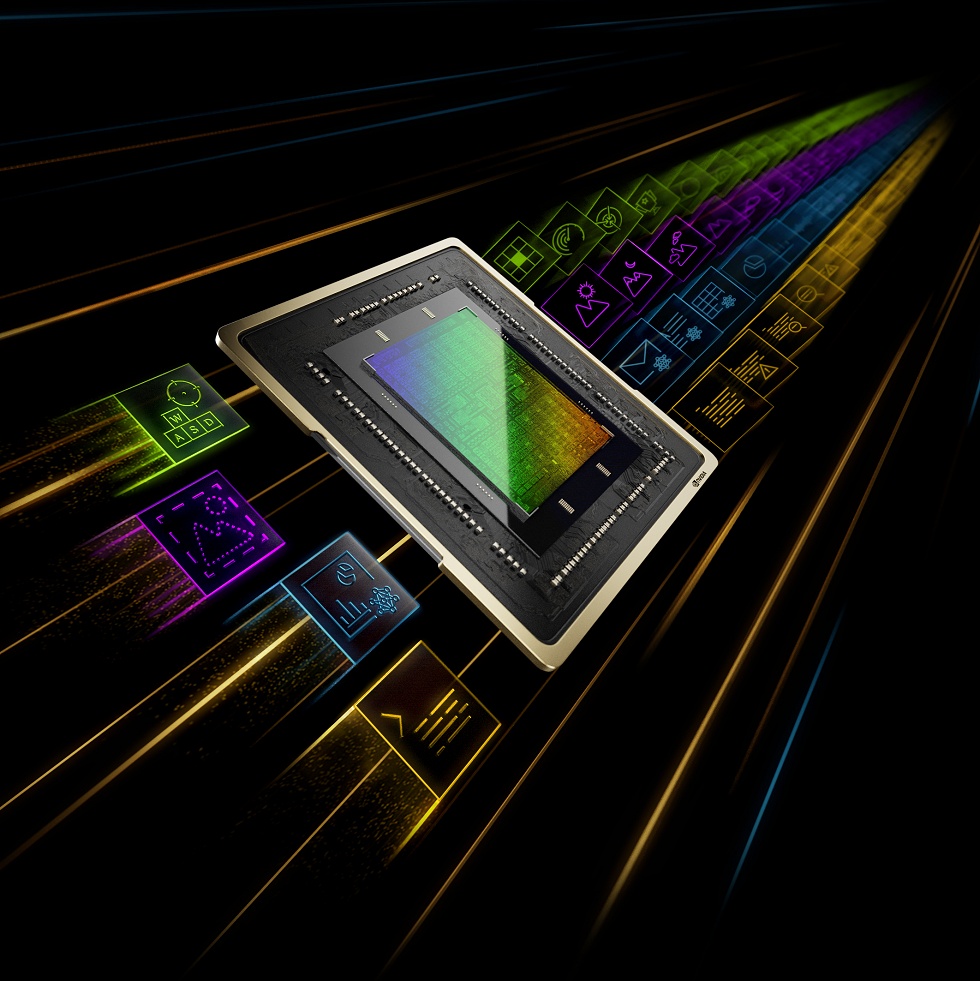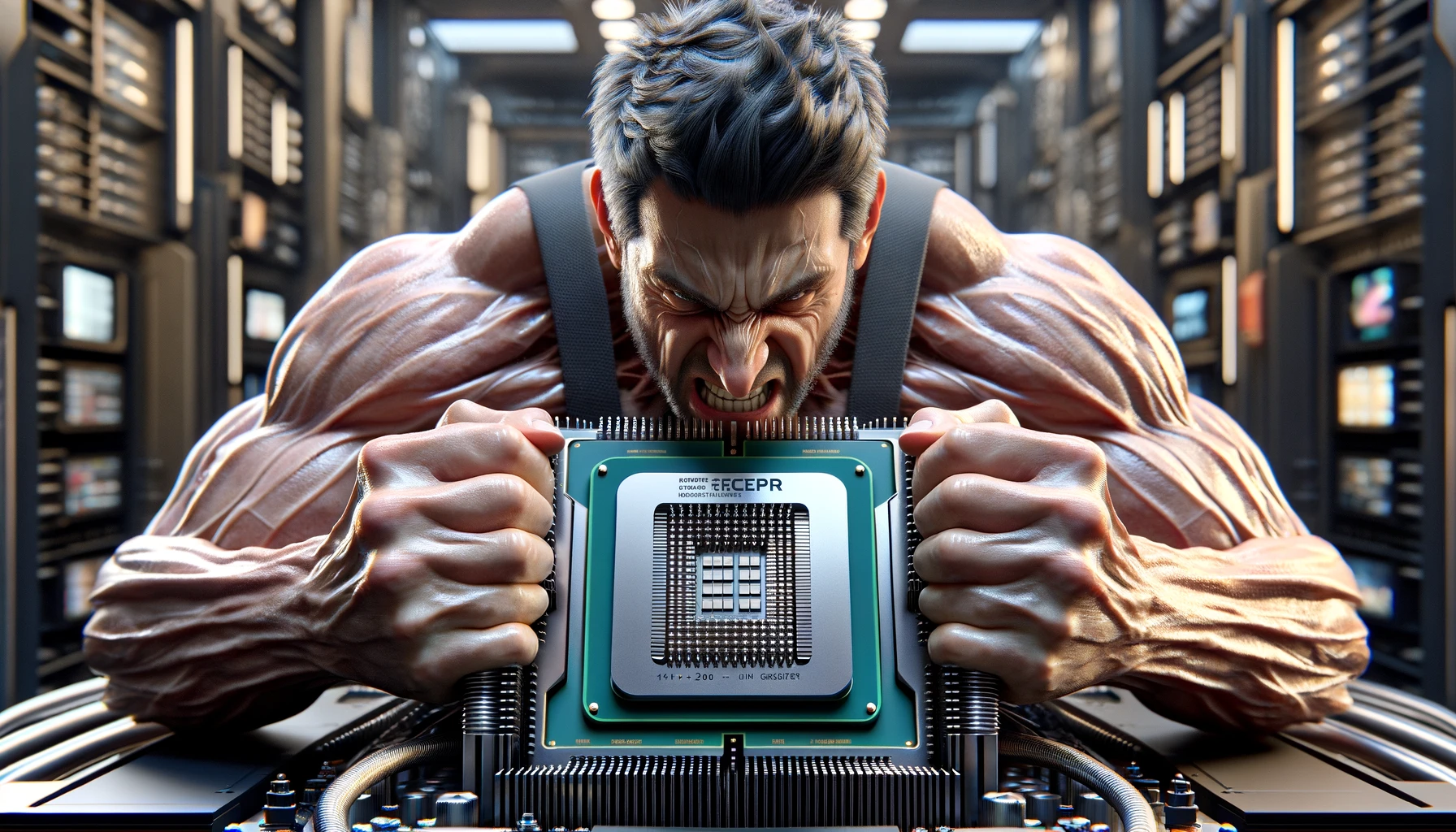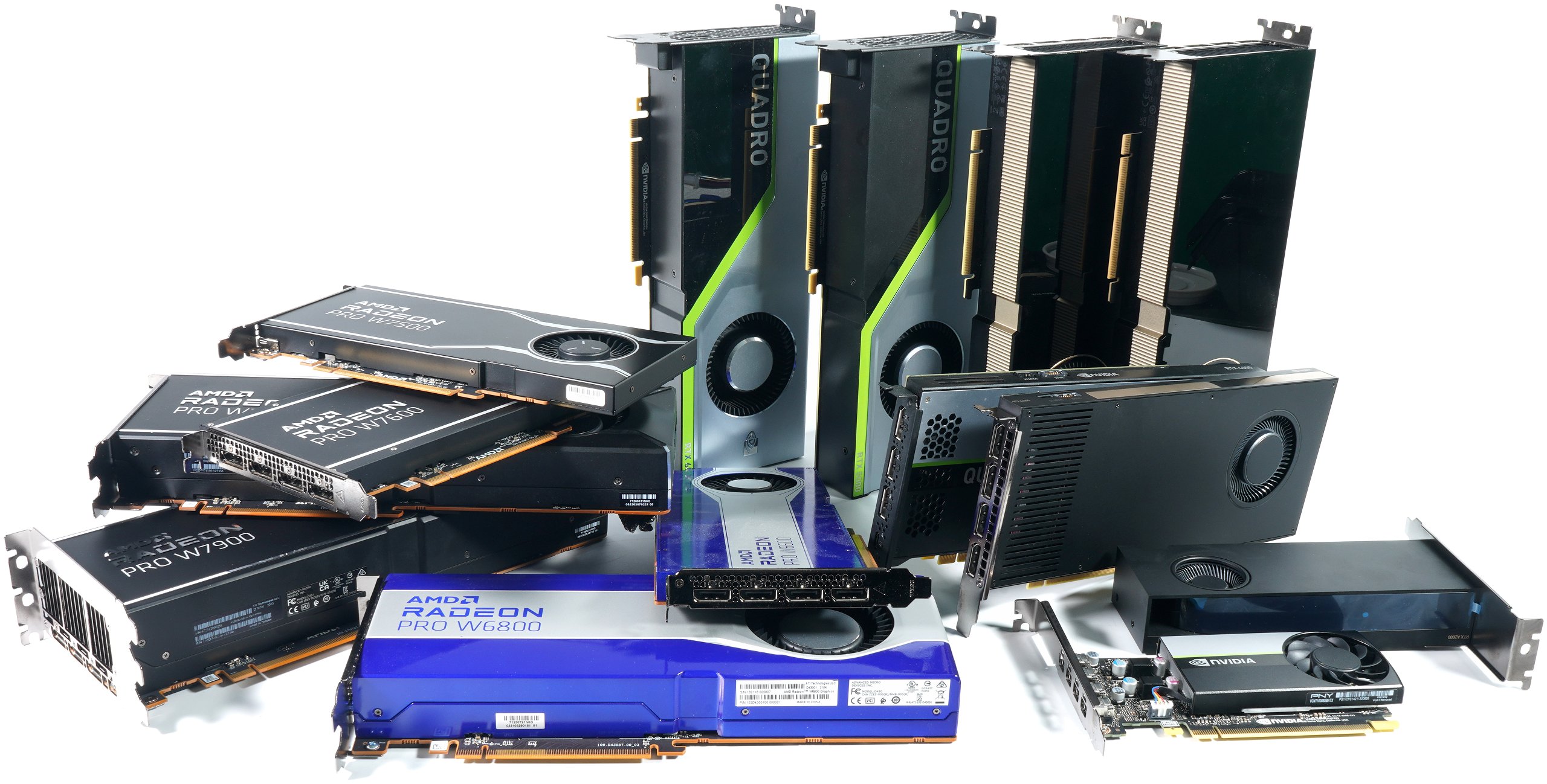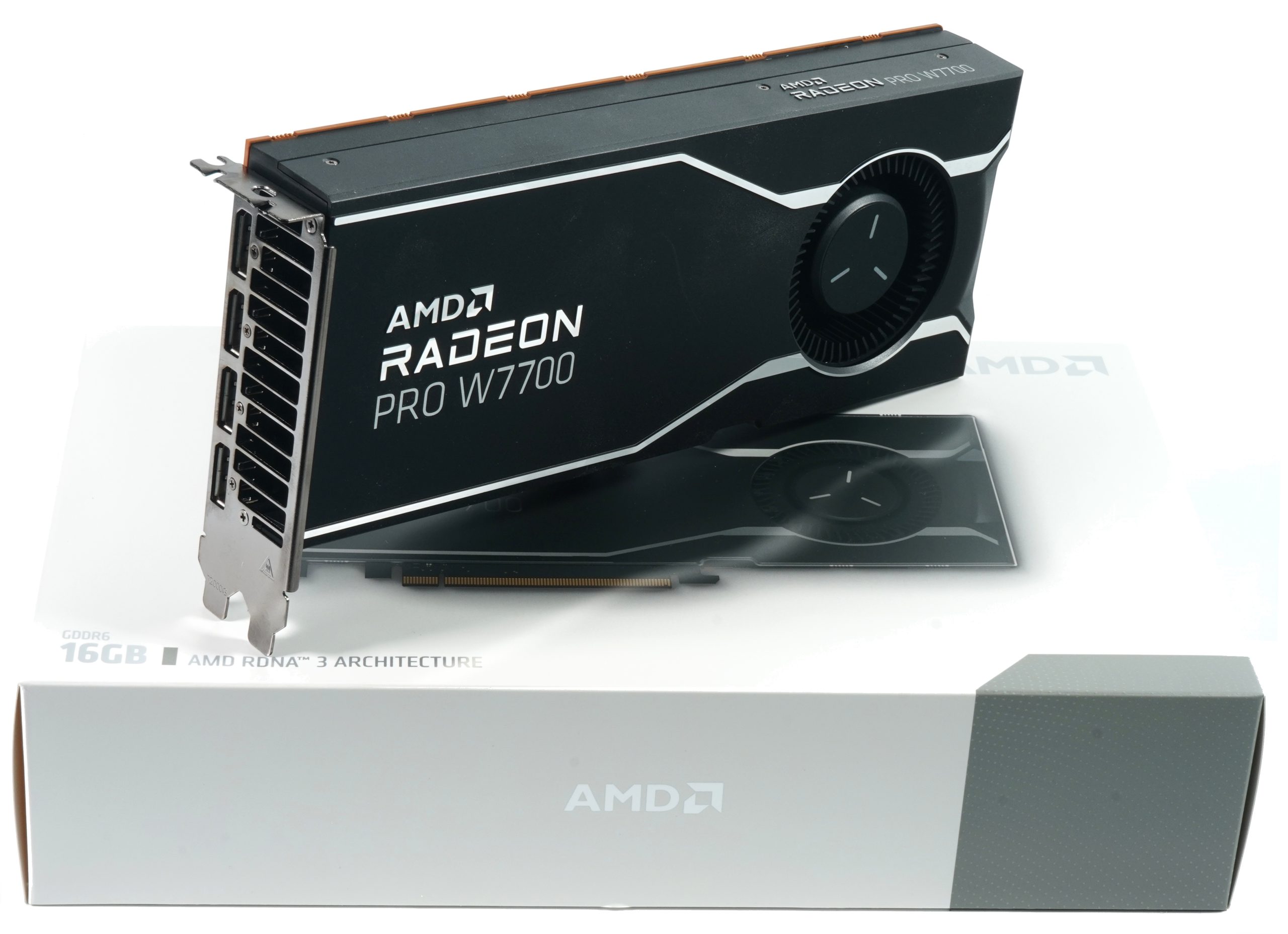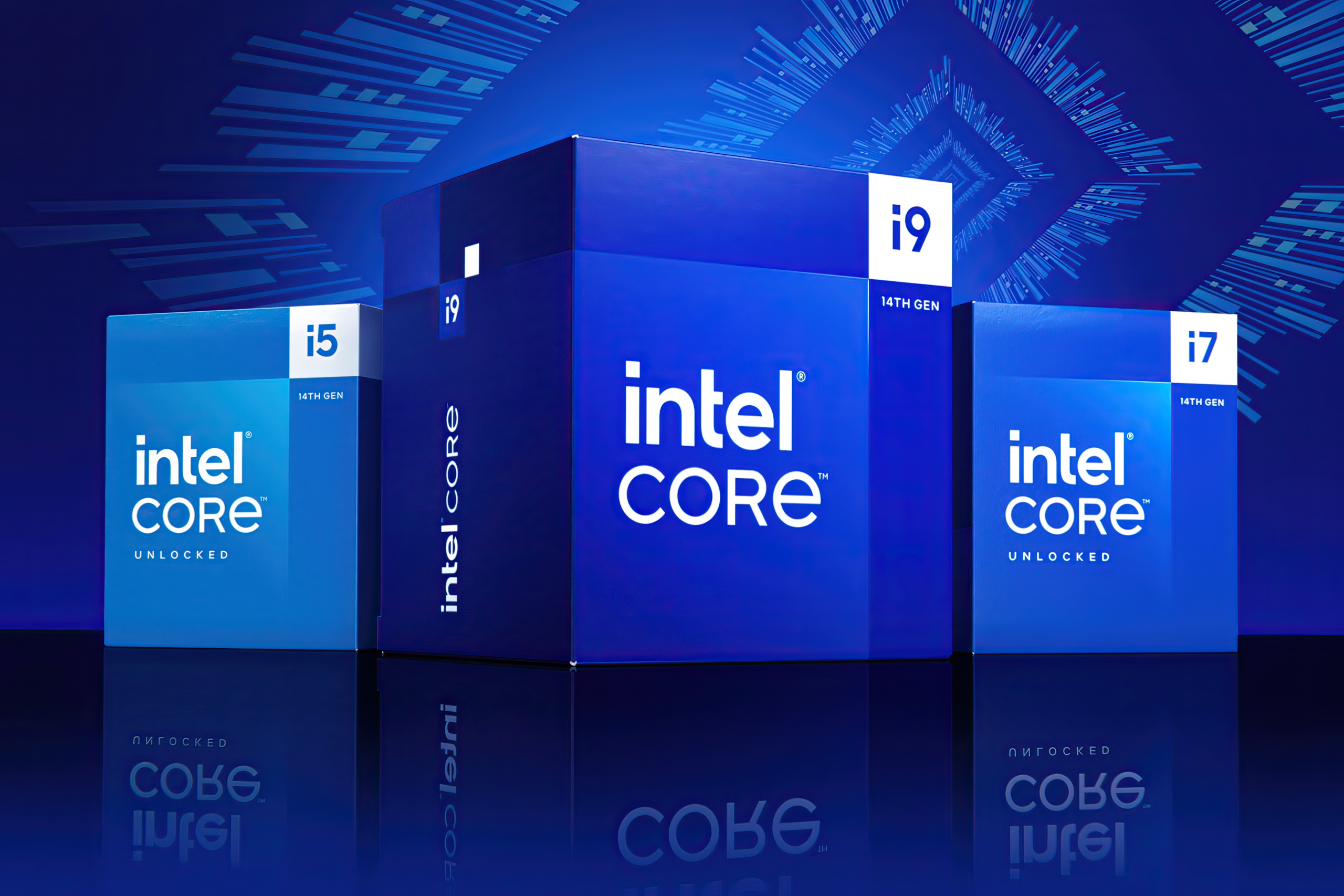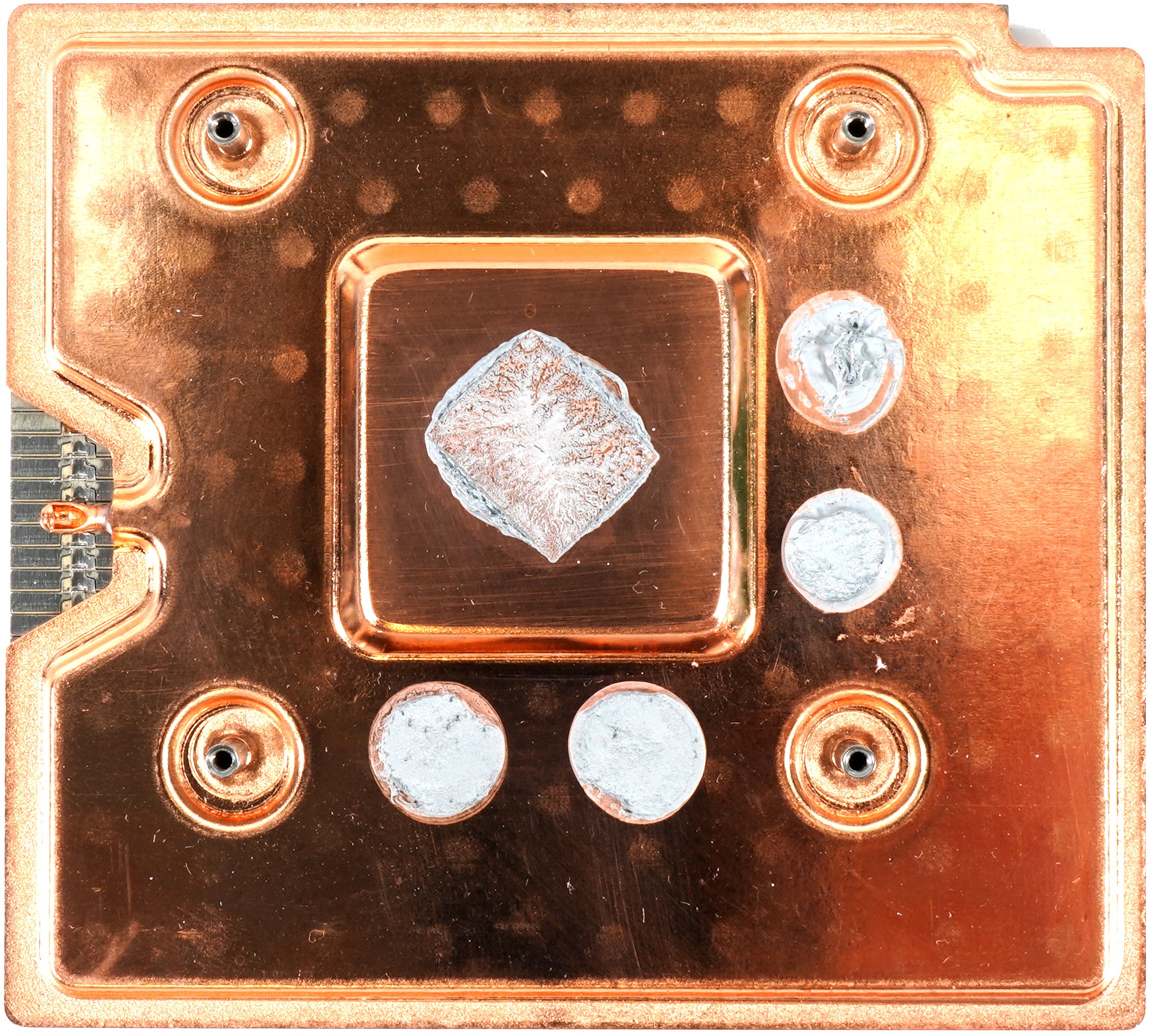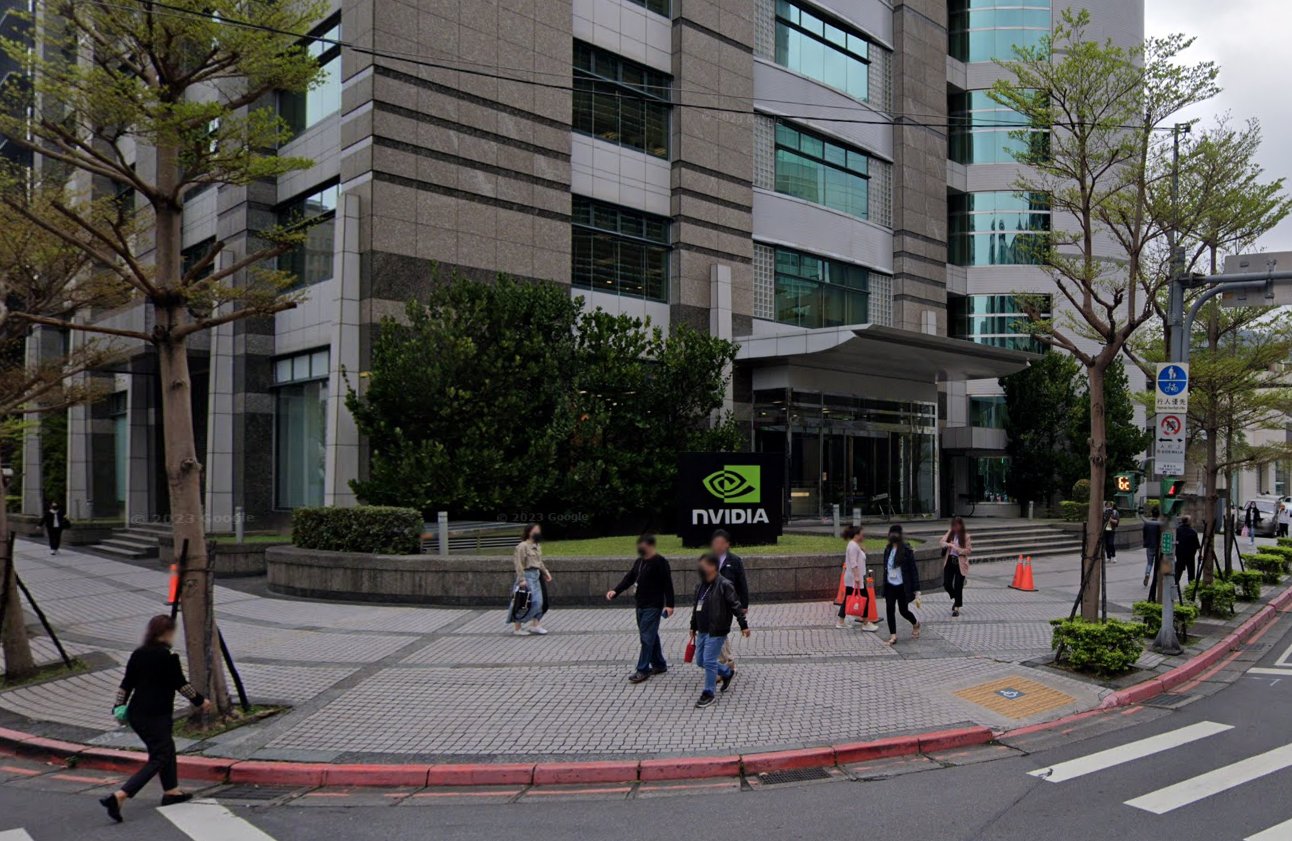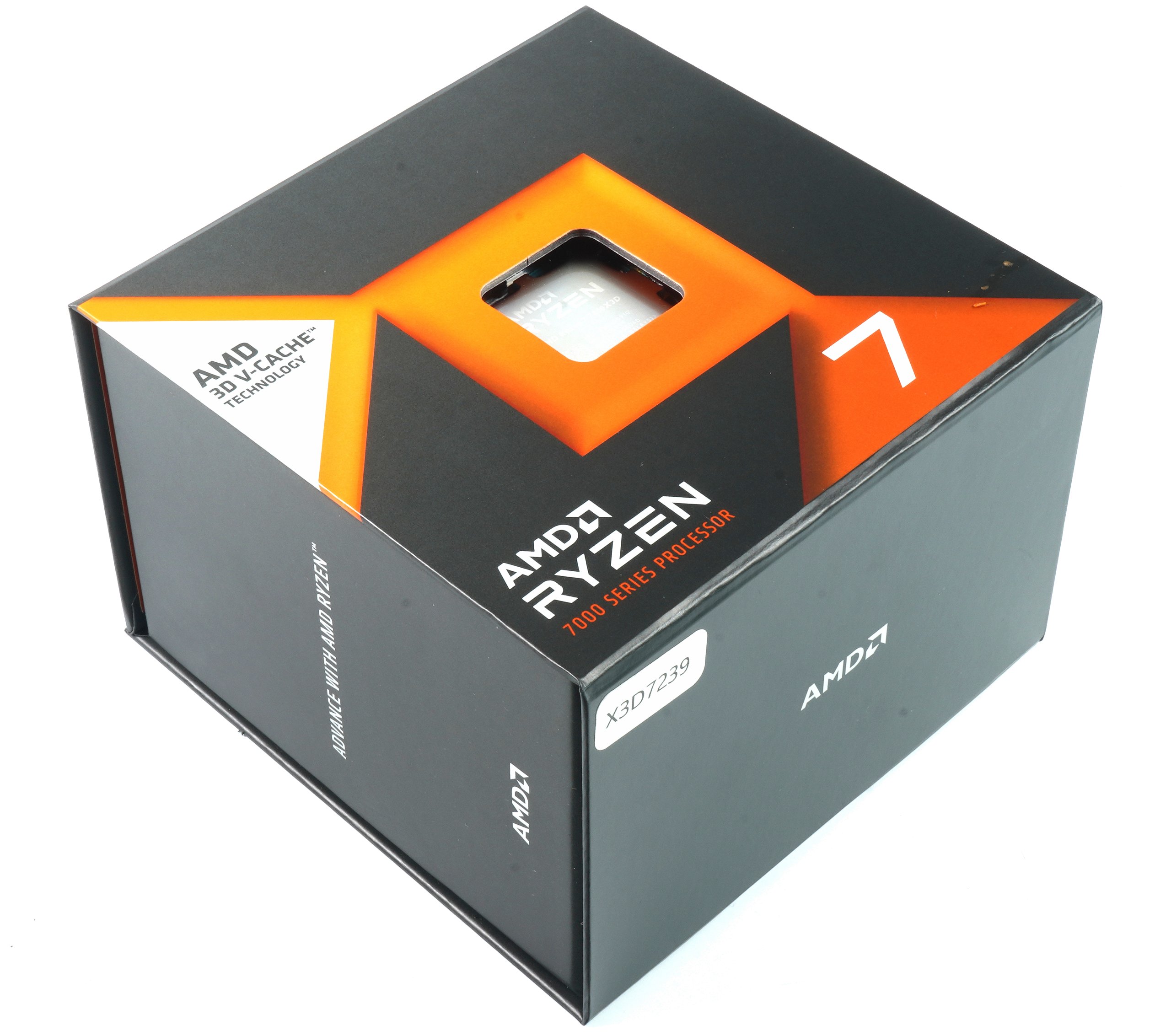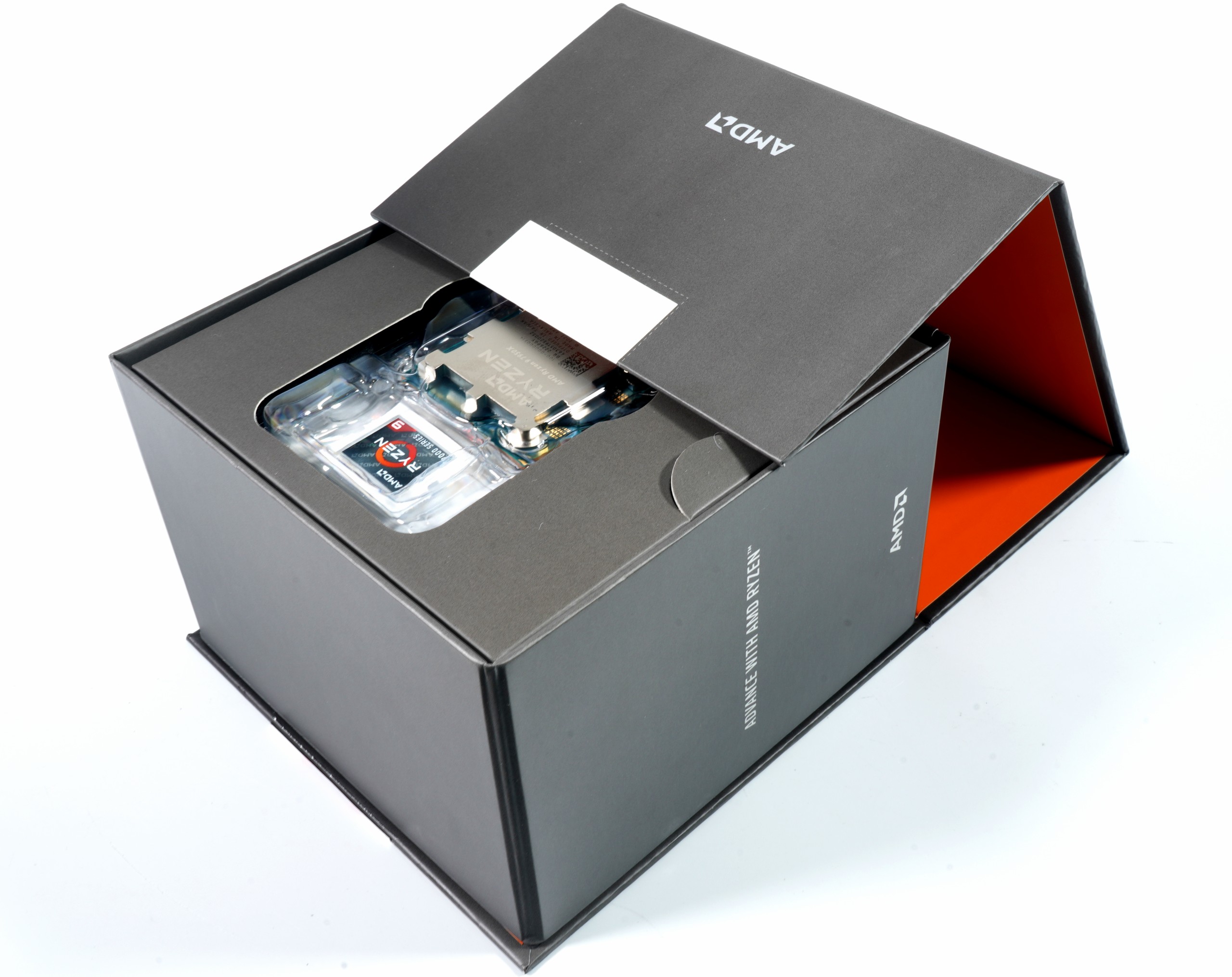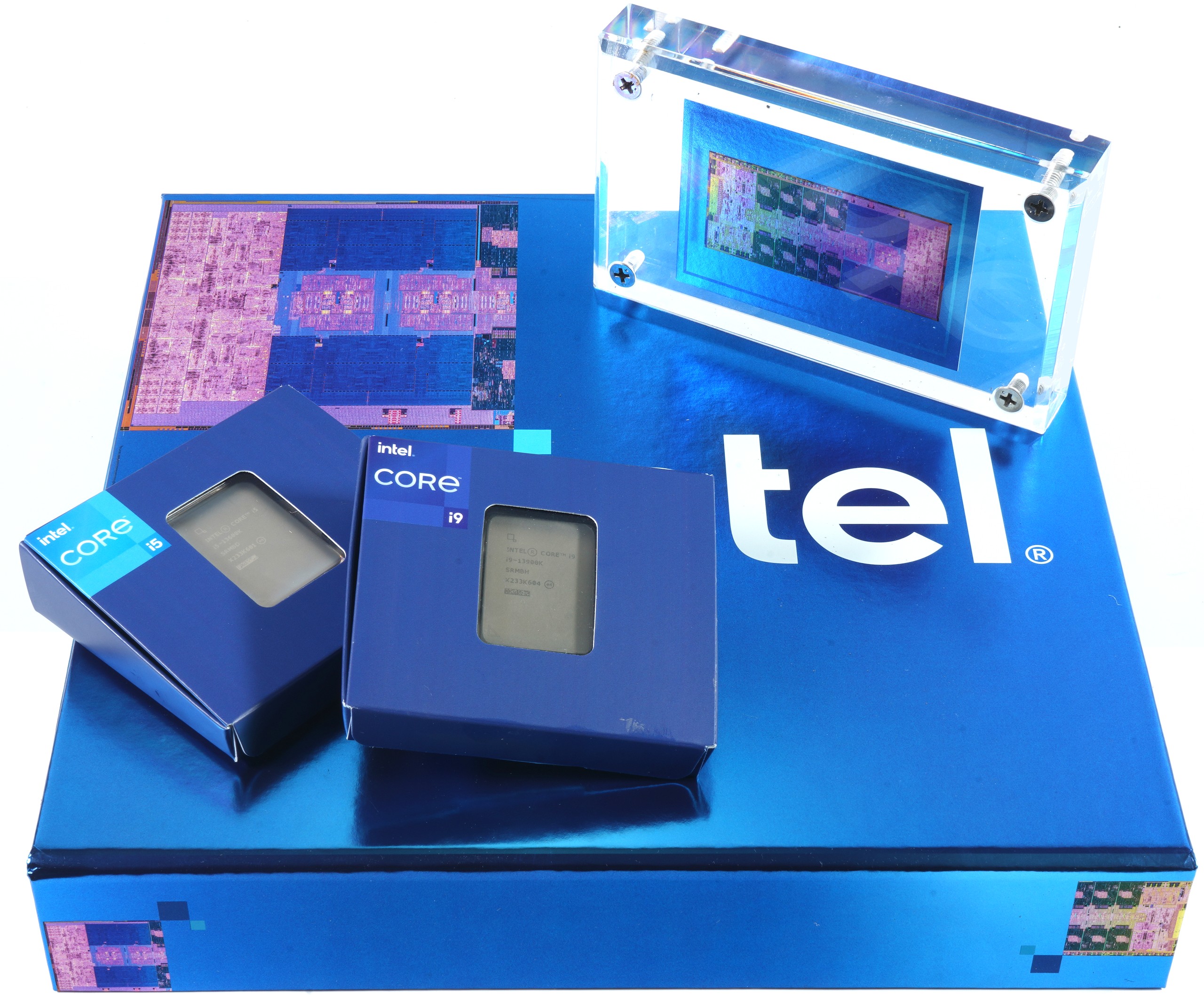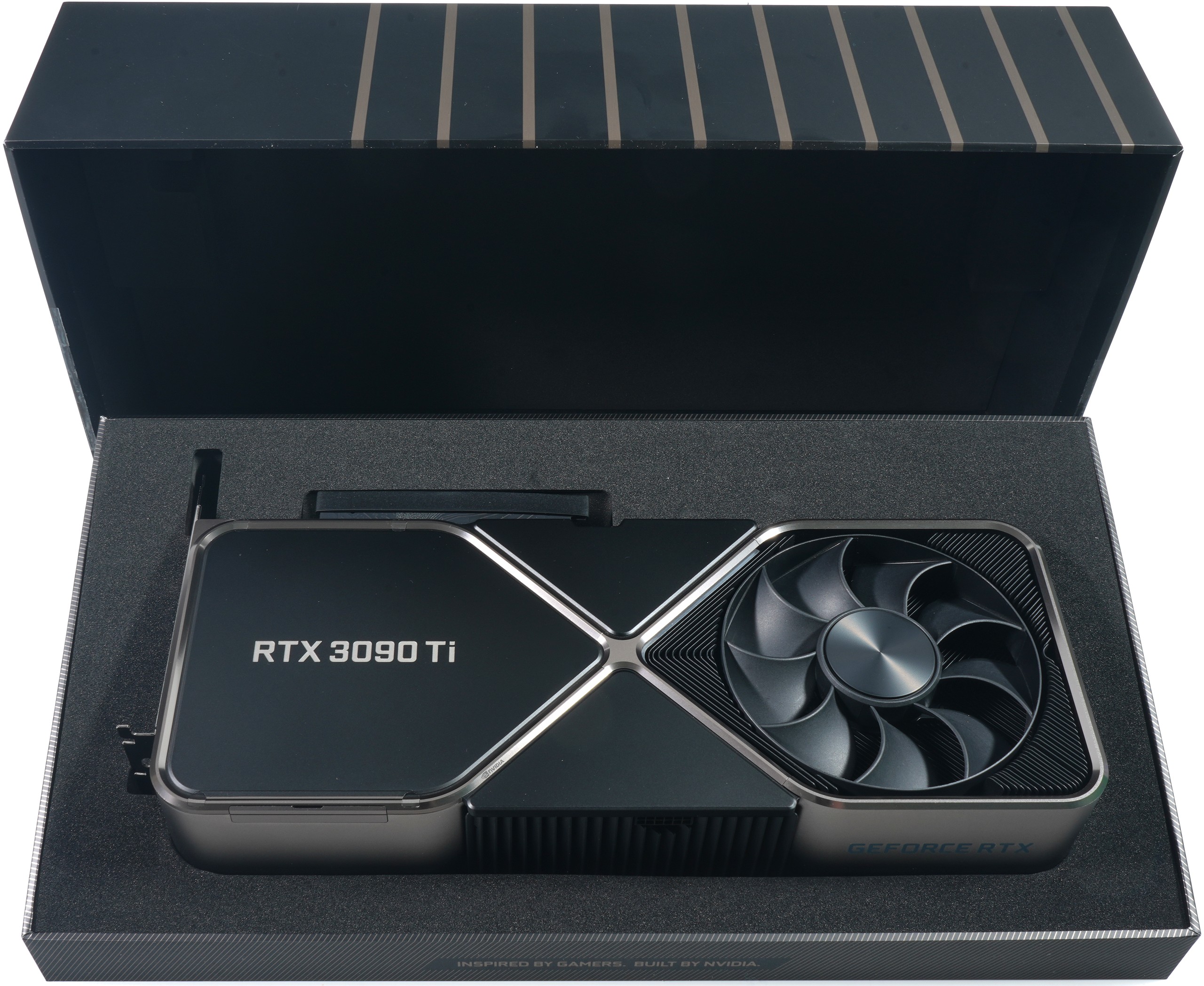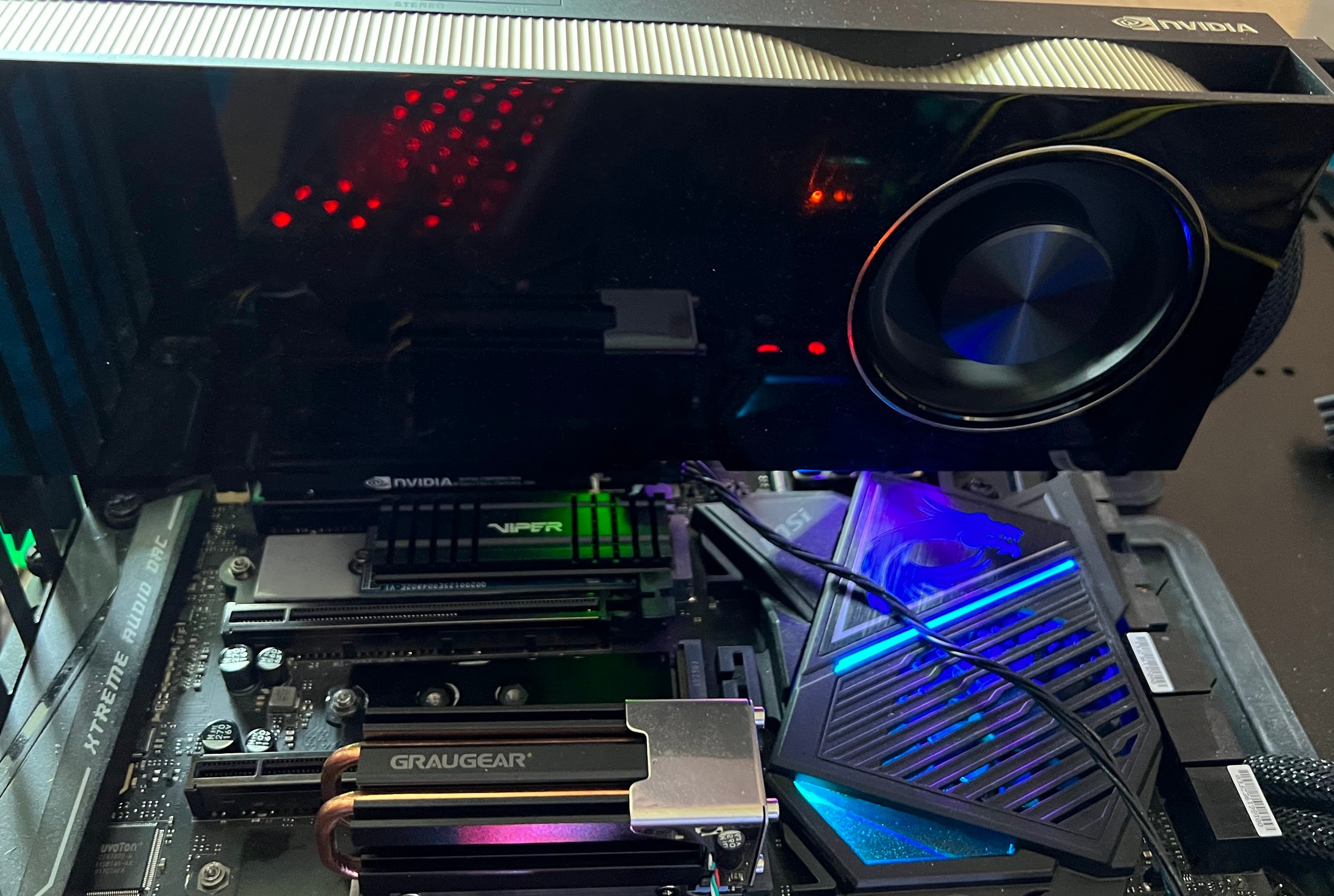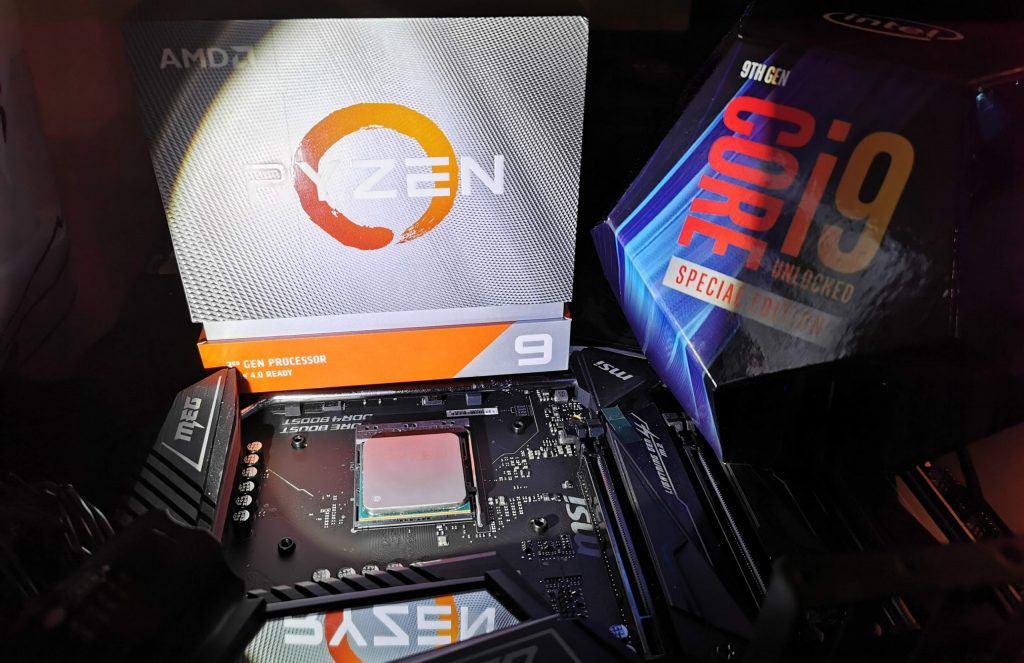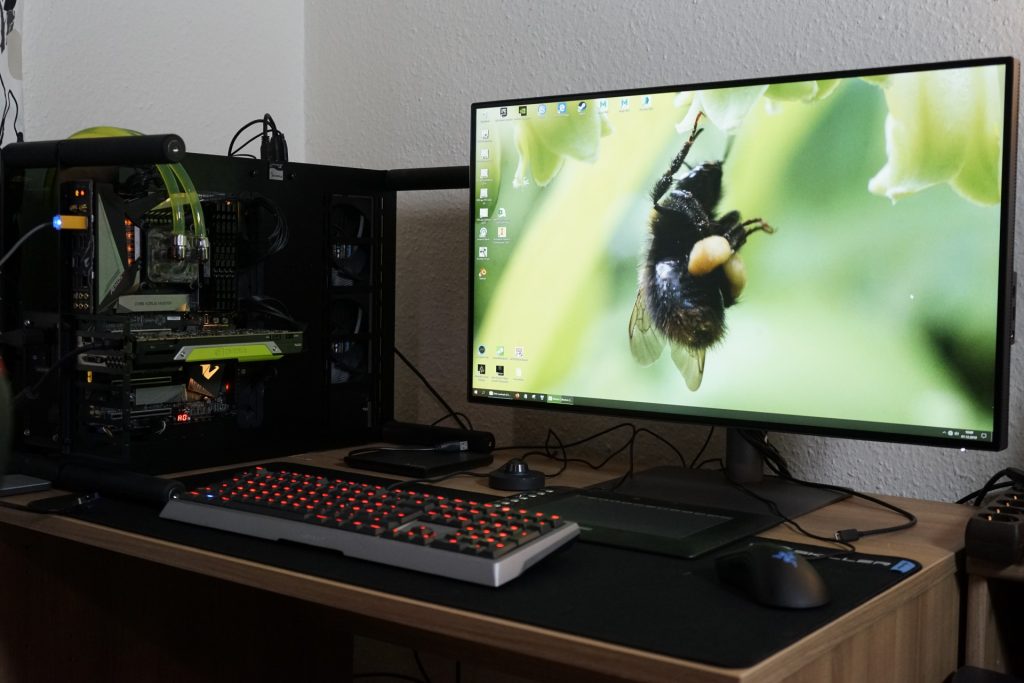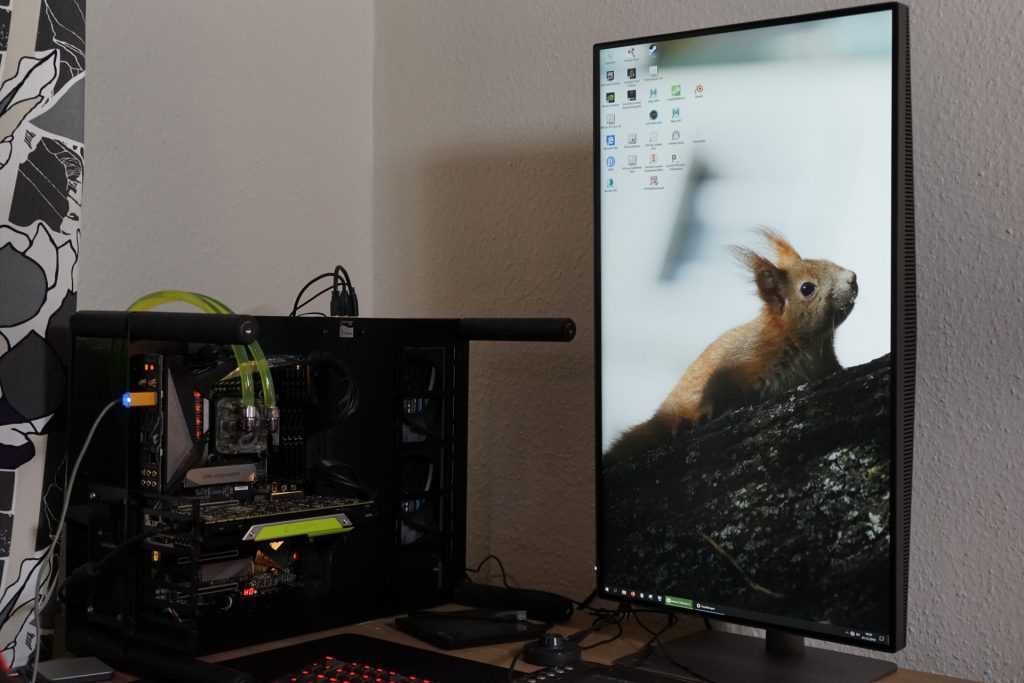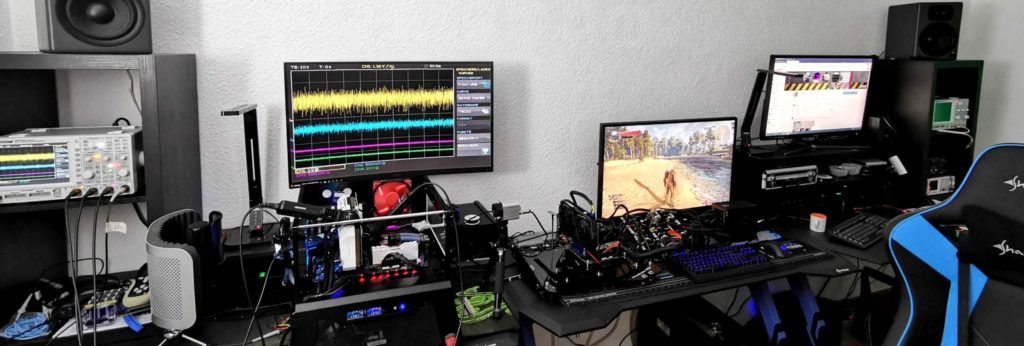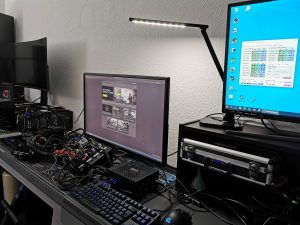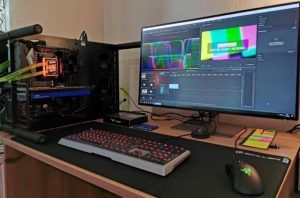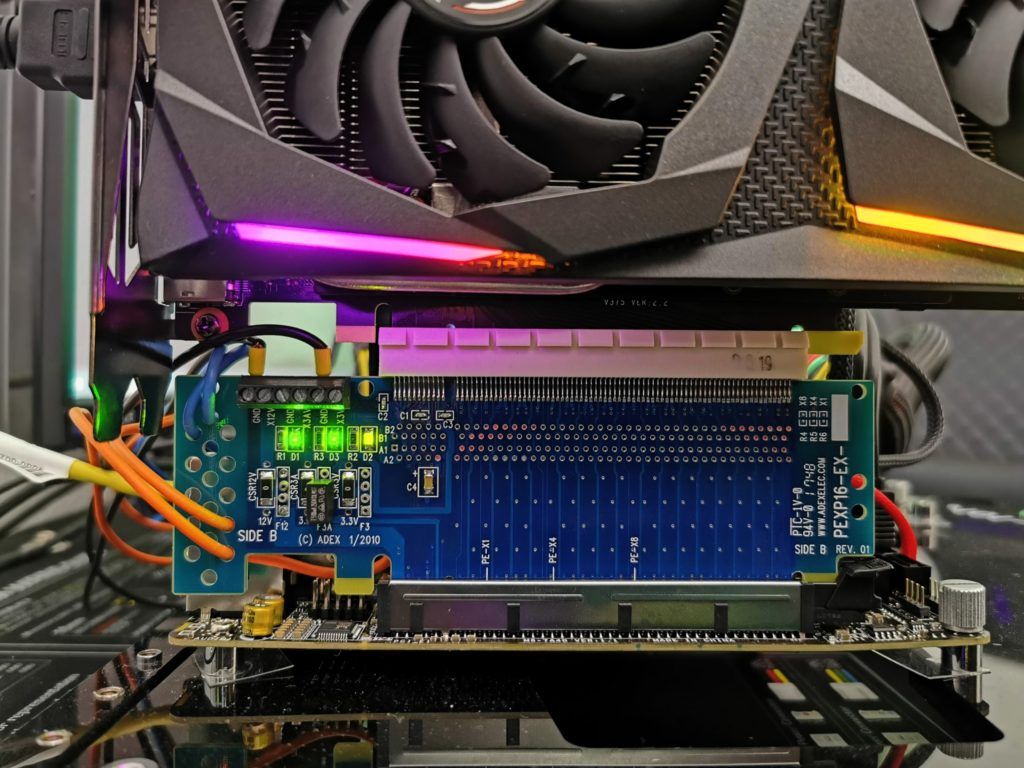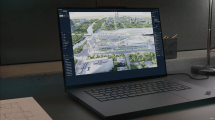Update from 14.08.2023
Here is a newer review:
Update from 03.06.2020
Further benchmarks have been added, especially considering hardware acceleration (AI, rendering). In addition, the layout of the benchmark page was adjusted and restructured. Our workstation graphics card charts are a flowing process that takes into account the market situation and offers a lot of additional information that unfortunately the manufacturers often do not publish. In addition to the actual performance benchmarks, this includes precise measurements of power consumption, power supply recommendations and thermographic analyses (infrared). I will expand the list of tested models, depending on availability, as well as add new tests as time and demand allows.
Benchmarks & Measured Results
Latest Reviews and News
Test System
What is the best way to test graphics cards in the workstation area? With appropriate software, of course, and not just with a few dead-optimized synthetics. But it’s not only the software that decides, but also the hardware. That’s exactly where I also started again and thought long and hard about it in advance. In the end I decided against the Core i9-9900K, which I had initially thought of, and instead opted for a Ryzen 9 3950X with X570 motherboard, because, as with the gaming cards, it’s not just the fastest CPU per thread that counts, but the entire PCIe 4.0 package..
The installed 32 GB memory is currently sufficient, maybe I will add more later. Currently DDR4 3200 from G-Skill is installed, which runs in XMP profile. All the fun is supplied by a Seasonic Prime Titanium and 1000 watts maximum power, which is also completely sufficient for mGPU. Cooling is provided by a modified Alphacool Eiswolf with an extended quick-release system. An Alphacool XPX sits on the CPU, a graphics card could still be inserted in between.
With the Monitor, I have consciously decided on a real professional solution. The almost frameless BenQ PD322020U is big enough with its 31.5 inch diagonal and 3840 x 2160 pixels, has an excellent AHVA panel from AU Optronics and covers with 10 bit color depth (1.07 billion colors) almost completely the required color spaces. The ergonomics are almost perfect and you can turn it (up to the pivot function) as you like – one setting always fits.
However, one of the main reasons for choosing this monitor for the test series is its excellent connectivity, in addition to its excellent image quality and ergonomics. In addition to DP 1.4a and 2x HDMI 2.0, one finds USB 3.1 up to Type C and Thunderbolt 3. A special feature is the functionality as a KVM switch, in that the keyboard and mouse that can be connected to the screen can be assigned to the active screen. This feature is priceless, especially during testing, because it saves an extreme amount of space. By the way, picture-in-picture works just like the simultaneous display of several inputs.
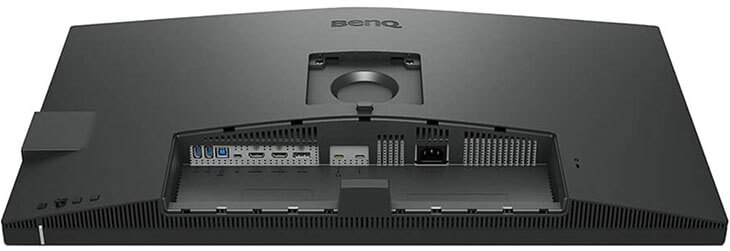
Test System
The benchmark system is new, the power consumption is measured here in a special laboratory using high-resolution oscillograph technology…
and the measurement setup for graphics cards (pictures below), where at the end also the thermographic infrared images are taken with a high-resolution industrial camera.
I have also summarized the individual components of the test system in tabular form:
| Test System and Equipment |
|
|---|---|
| Hardware: |
AMD Ryzen 9 3950X |
| Cooling: |
Alphacool Eisblock XPX Pro Alphacool Eiswolf (modified) Thermal Grizzly Kryonaut |
| Case: |
Raijintek Paean |
| Monitor: | BenQ PD3220U |
| Power Consumption: |
Oscilloscope-based system: MCU-based shunt measuring |
| Thermal Imager: |
1x Optris PI640 + 2x Xi400 Thermal Imagers Pix Connect Software Type K Class 1 thermal sensors (up to 4 channels) |
| Acoustics: |
NTI Audio M2211 (with calibration file) Steinberg UR12 (with phantom power for the microphones) Creative X7, Smaart v.7 Own anechoic chamber, 3.5 x 1.8 x 2.2 m (LxTxH) Axial measurements, perpendicular to the centre of the sound source(s), measuring distance 50 cm Noise emission in dBA (slow) as RTA measurement Frequency spectrum as graphic |
| OS: | Windows 10 Pro (1909, all updates, current certified drivers) |
- 1 - Overview & Benchmark Selection
- 2 - Creo 3.0
- 3 - Solidworks 2019
- 4 - Solidworks 2019 Enhanced
- 5 - 3ds Max 2015
- 6 - Inventor Pro 2020
- 7 - Various CAD and Science Applications
- 8 - Windows GDI und GDI+ Driver Performance
- 9 - Rendering & Compute
- 10 - Adobe Premiere Pro 2020 & DaVinci Resolve 16
- 11 - Adobe Lightroom Classic (2020)
- 12 - Autodesk Maya 2019 and Arnold
- 13 - Blender RTX (OptiX) & OctaneBench
- 14 - Thermal Imaging / Infrared
- 15 - Power Consumption
- 16 - PSU Recommendation














